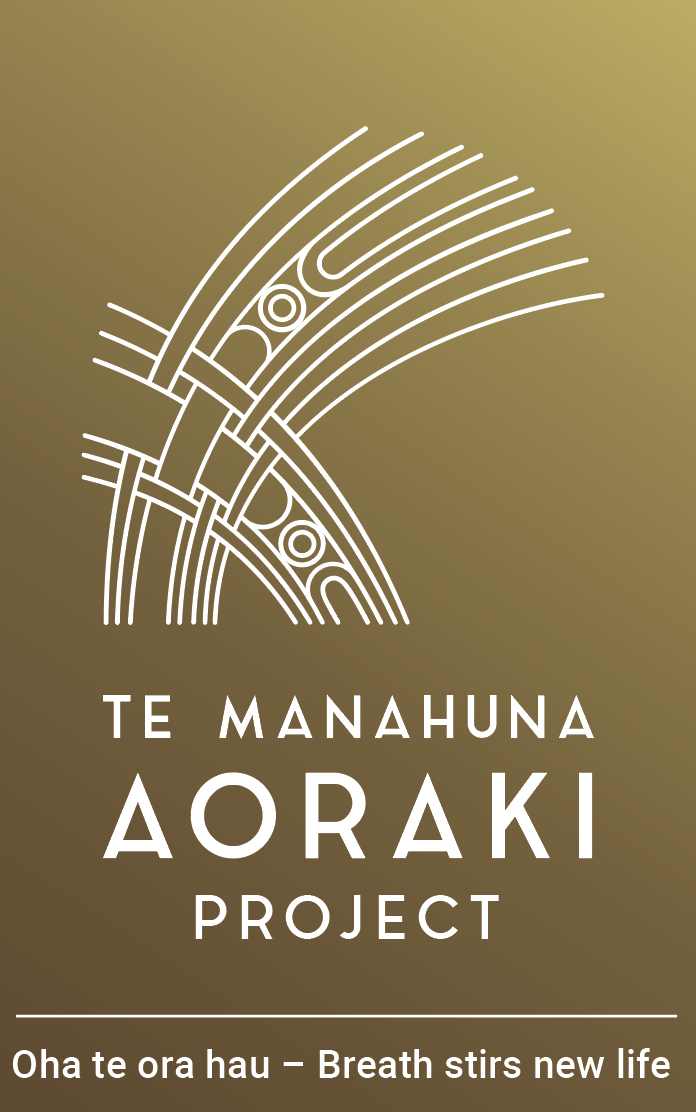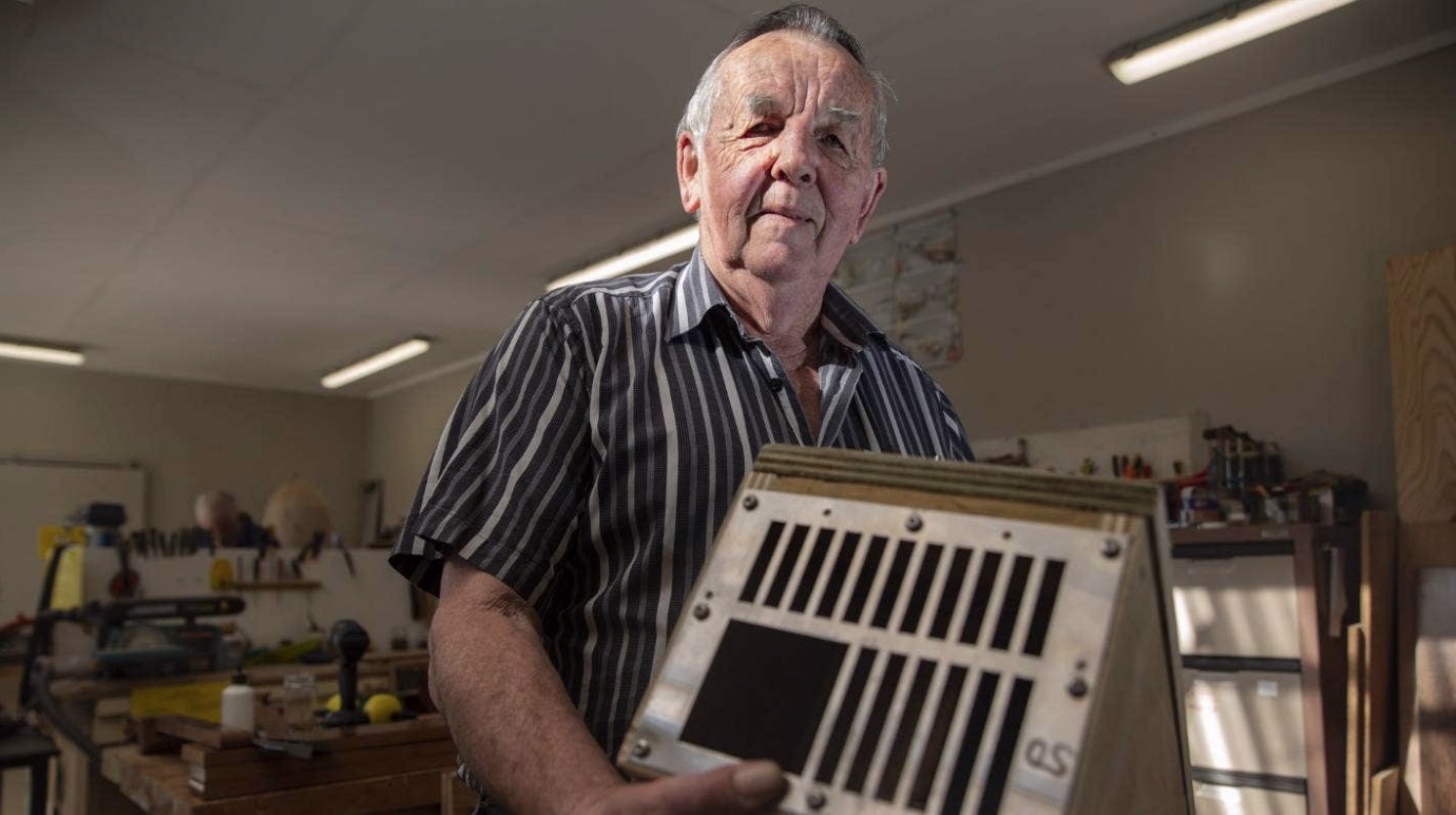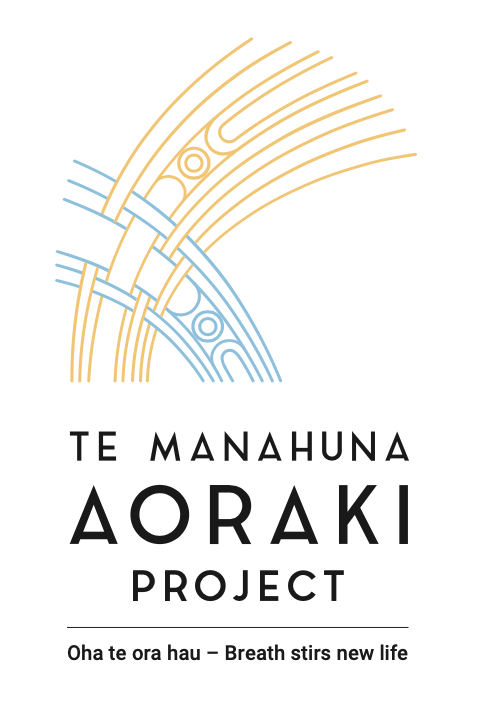While the trap initiative, which began earlier this month, has meant group members have been busy over many hours, for Timaru MenzShed president Graham Woods, the labour and toil has been worth it.
The group, which has up to 85 members, was launched in 2018, with the hope of bringing retired men together to work on various community projects.
“One of our member’s granddaughters is a manager of DOC in Twizel, so she approached us,” Woods said.
“We gave them a price, which they accepted, and we went from there. These things are very heavy for what they are – they’re out in the snow, and the bush, and near rivers, and all sorts of difficult weather.”
Each trap takes about an hour to build, and is specifically designed to trap and catch pests such as stoats.
“There’s usually four or five people working on each trap, we do it on a rotating basis.
“We do it on a production line basis, we’ve got a core group on this. It’s something new and different, it’s probably the biggest project we’ve done as a group. We’ve done a lot of small stuff but nothing on this scale.”
Woods said he hoped the project would continue into the future.
“We’ve learned a lot from it. We’ve worked a lot of extra hours to get this done, the place is usually open only three days a week.’’
He said the biggest challenge was just ‘’getting it right’’.
“DOC have exact parameters for these things, and now we know what they are, we can make more of them,” he said.
The traps will be laid by the Te Manahuna Aoraki team, a multi-agency project focused on turning the Mackenzie Basin into a predator-free zone.
Te Manahuna Aoraki spokesperson Robyn Janes said the trap boxes will be fitted with stoat traps and destined for one of New Zealand’s highest mountains.
“They will be placed on the western side of the Malte Brun Range in Aoraki/Mount Cook National Park,” Janes said.
She said the organisation was trialling whether it can get stoat numbers to zero by intensively trapping in this area and then stop them reinvading using natural barriers like glaciers and mountain ranges.
“The trial site in the Tasman Valley, on the western side of the Malte Brun Range was selected because most of the potential re-invasion sites surrounding the area are over 2400 metres elevation and surrounded by glaciers, creating a natural barrier to re-invasion.
“This is a challenging active alpine environment to work in and the project will use experienced alpine guides to help manage health and safety. It is expected tuke/rock wren, kea and alpine invertebrates will benefit from this predator control.”
Te Manahuna Aoraki operations manager Simone Cleland said it was great to see the enthusiasm of locals for the project. She understood MenzShed members will use the money earned for making the trap boxes to upgrade their facilities “so it’s a win-win”.
Woods said the group would be happy to build more traps if asked, but he was less sure about seeing the traps in action.
”It would be a bit too rugged for me out there,” he said.


